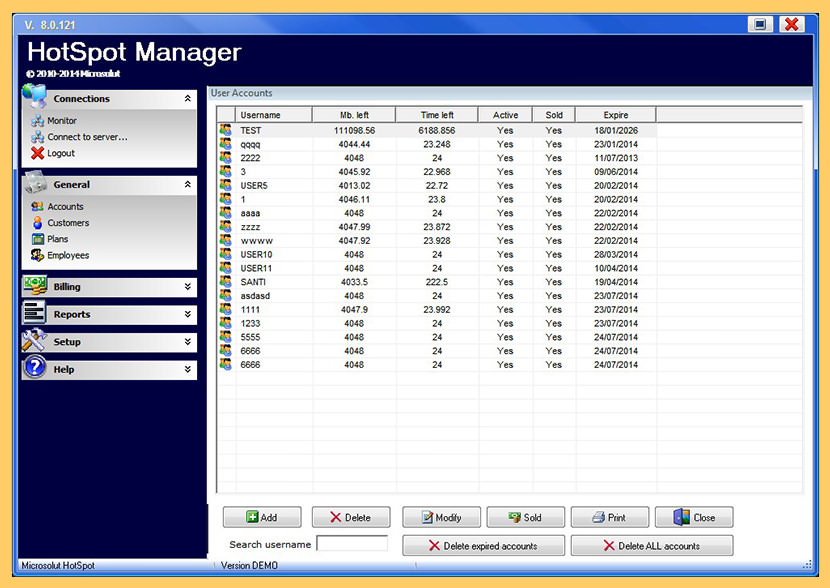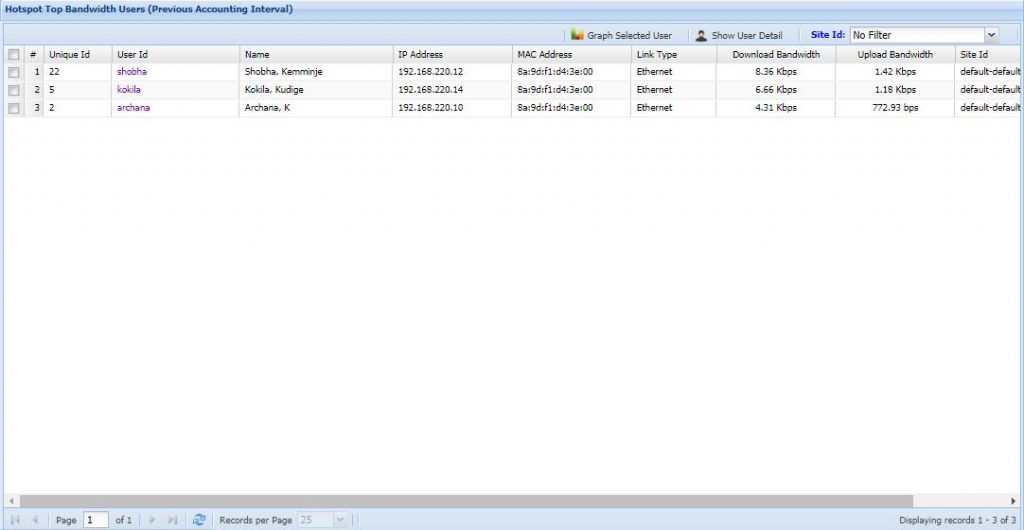

Also, you can check network speed, current connections, and detailed traffic analysis for all apps and services. Nevertheless, you can set system-wide limits for traffic control, even using the unregistered version. What interested me more is its feature to configure priorities and speed limits for processes (a premium feature, sadly). That means you can monitor LAN as well as Wi-Fi connections simultaneously – for both IPv4 and IPv6 protocols. Using the same, you can monitor the whole system, including multiple network adapters and the processes as well as the system services. One of the powerful tools, NetBalancer, is a network traffic control and monitoring tool. Read Also: 18 Website Speed and Performance Checking Tools 1. This is great for readers who are on a student budget, and studying abroad on a limited mobile broadband plan. Here are 5 free programs for your Windows PC to help monitor your Internet usage. Whatever the reason may be, in order to avoid reaching your internet limit too early, you should monitor your internet usage.

Similarly, there are some devices that are more bandwidth-hungry than others. For instance, some websites are heavier than others. But when you’re online, you tend to get carried away and sometimes end up exhausting a whole month’s internet package within a couple of weeks. Depending on your network and hardware, you can use different protocols like SNMP, flow, or packet sniffing for this purpose.When you get internet for home or as a student, there’s always a cap on your internet usage limit. Bandwidth monitoring and management helps you determine how much bandwidth certain devices and applications are using. This increases the performance of networked applications and also saves costs – especially for companies that cannot easily expand their bandwidth.Īnother example is the popular question "Who is hogging my bandwidth?" Some WiFi users are complaining about a slow network and you need to identify the root of the problem. Modern bandwidth management limits and shapes the data stream of your WiFi. Bandwidth managers can be used to allocate a maximum of 25% of the bandwidth to one user, for example, if 3 other users are surfing along 20% if one more user joins in, and so on. In a network, one user alone can sometimes use 90% of the bandwidth, even if other users are using the WiFi at the same time. Here is one vivid example of many potential possibilities: A popular tool is the limitation of different bandwidth quotas to the users of a WiFi network. WiFi bandwidth management can have completely different objectives and therefore requires a variety of tools.


 0 kommentar(er)
0 kommentar(er)
